

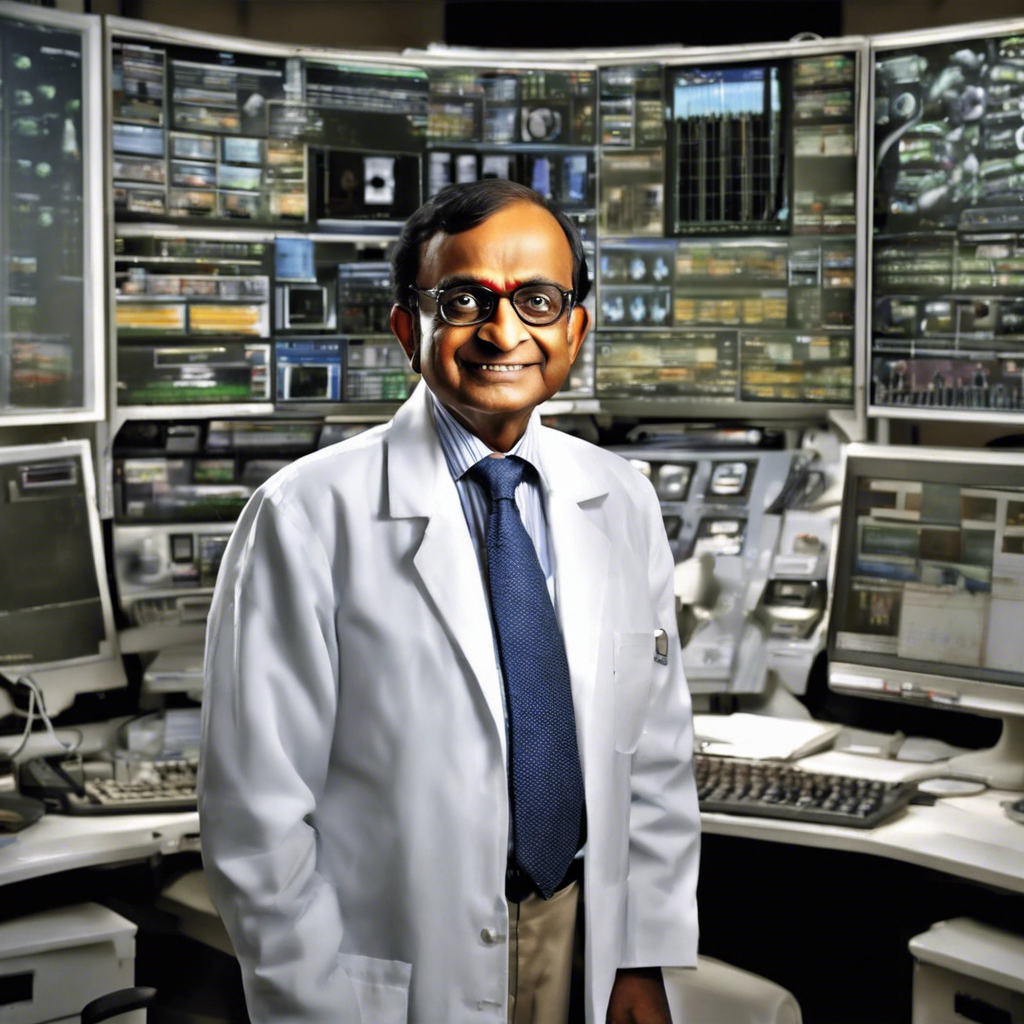
Renowned nuclear scientist and key figure in India's nuclear program, Dr. R Chidambaram, passed away at the age of 88. He was known for his contributions to nuclear research and played a significant role in India's nuclear tests and the country's civil nuclear agreement with the United States. His passing marks a significant loss for the scientific community and the country's progress in the field of nuclear technology.
Dr. Rajagopala Chidambaram: A Legacy of Nuclear Accomplishments
Dr. Rajagopala Chidambaram, a renowned nuclear scientist and a key figure in India's nuclear program, passed away recently at the age of 88. His passing leaves an unfillable void in the scientific community and the country's pursuit of nuclear technology.
Early Life and Education
Dr. Chidambaram was born in 1934 in a village in Tamil Nadu, India. He completed his education at the Indian Institute of Technology, Madras, where he earned a bachelor's degree in physics. He later went on to pursue a doctorate in nuclear science from the University of Birmingham in the United Kingdom.
Nuclear Career
Dr. Chidambaram joined the Bhabha Atomic Research Centre (BARC) in Mumbai in 1965. Throughout his illustrious career, he made significant contributions to various aspects of nuclear research, including:
Leadership Roles
In recognition of his expertise and contributions, Dr. Chidambaram held several leadership positions within the nuclear program, including:
Awards and Recognition
Dr. Chidambaram received numerous awards and accolades for his exceptional contributions to the field of nuclear science, including:
Legacy and Impact
Dr. Chidambaram's legacy will continue to inspire generations of nuclear scientists and researchers. His pioneering work has laid the foundation for India's nuclear program, contributing to the country's energy security and its status as a nuclear power. His dedication to excellence and his unwavering commitment to scientific advancement have left an indelible mark on the field of nuclear technology.
Top 5 FAQs and Answers
Q1: What was Dr. Chidambaram's most significant contribution to India's nuclear program? A1: Dr. Chidambaram played a key role in the development of India's first nuclear reactor, CIRUS, and in the country's nuclear tests in 1974 and 1998.
Q2: What was the significance of the civil nuclear agreement between India and the United States? A2: The civil nuclear agreement, signed in 2008, allowed India to purchase nuclear fuel and technology from the United States, ending decades of nuclear isolation.
Q3: What was Dr. Chidambaram's role in the Atomic Energy Commission? A3: As Chairman of the Atomic Energy Commission, Dr. Chidambaram oversaw the development and implementation of India's nuclear policy.
Q4: What awards did Dr. Chidambaram receive for his work? A4: Dr. Chidambaram received the Padma Shri, Padma Bhushan, and Padma Vibhushan for his contributions to nuclear science.
Q5: How will Dr. Chidambaram be remembered? A5: Dr. Chidambaram will be remembered as a visionary scientist and a dedicated leader who played a pivotal role in shaping India's nuclear program and advancing the field of nuclear technology globally.
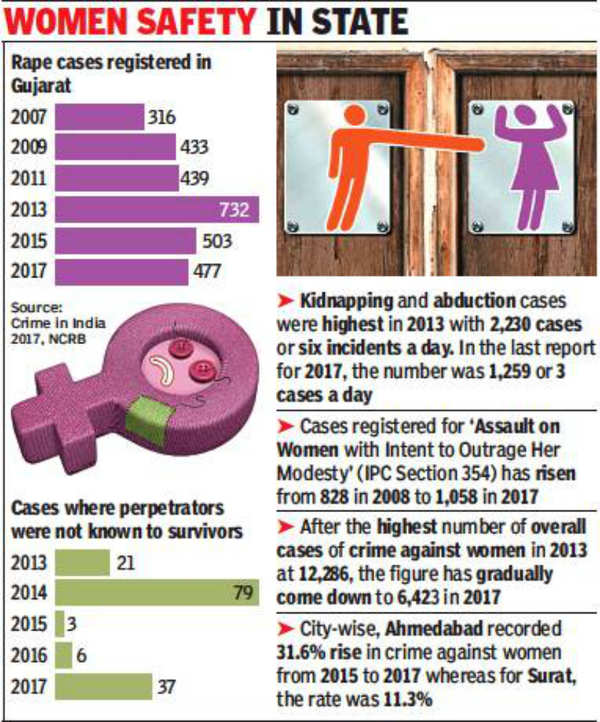
The state of Gujarat has taken precautionary measures to handle cases of HMPV, a respiratory virus, after one case was detected in a two-month-old boy two weeks ago. Three civil hospitals in Gandhinagar, Ahmedabad, and Rajkot have created isolation wards with a total of 45 beds to handle any potential health emergency. The health department has also issued an advisory to the public to prevent the spread of the virus. However, according to data from the Indian Council of Medical Research and the Integrated Disease Surveillance Programme, there has been no alarming surge in respiratory illnesses in the country.
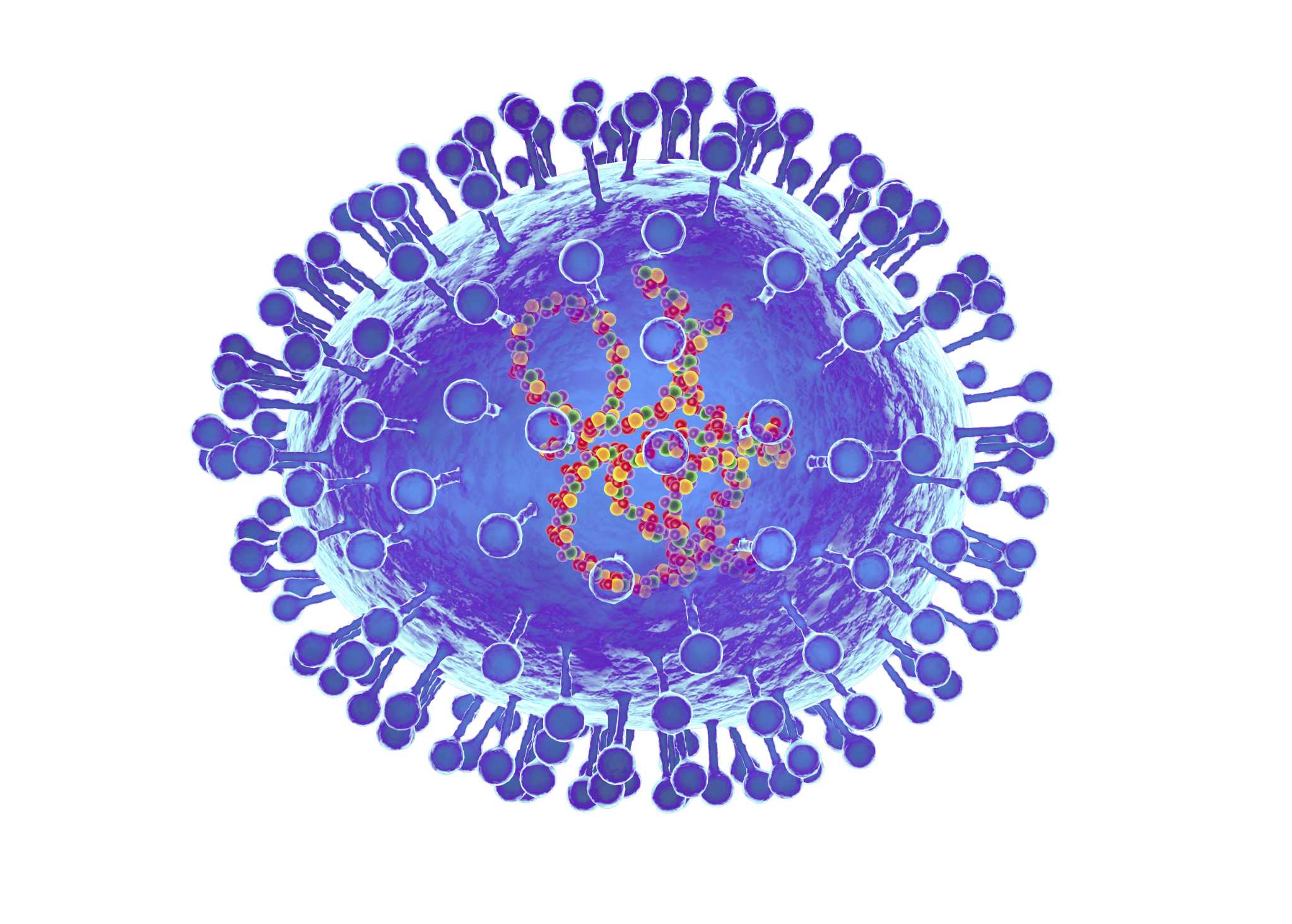
The recent detection of the Human Metapneumovirus (HMPV) in India has sparked fears of a potential new outbreak similar to the COVID-19 pandemic. However, medical authorities assure the public that HMPV has been circulating globally for years and is not a new virus. While three cases have been reported in India, there is no need to press the panic button as there has been no unusual surge in respiratory illness cases in the country. Karnataka's Health Minister Dinesh Gundu Rao stresses that this is not the first case of HMPV in India and it is not something new.
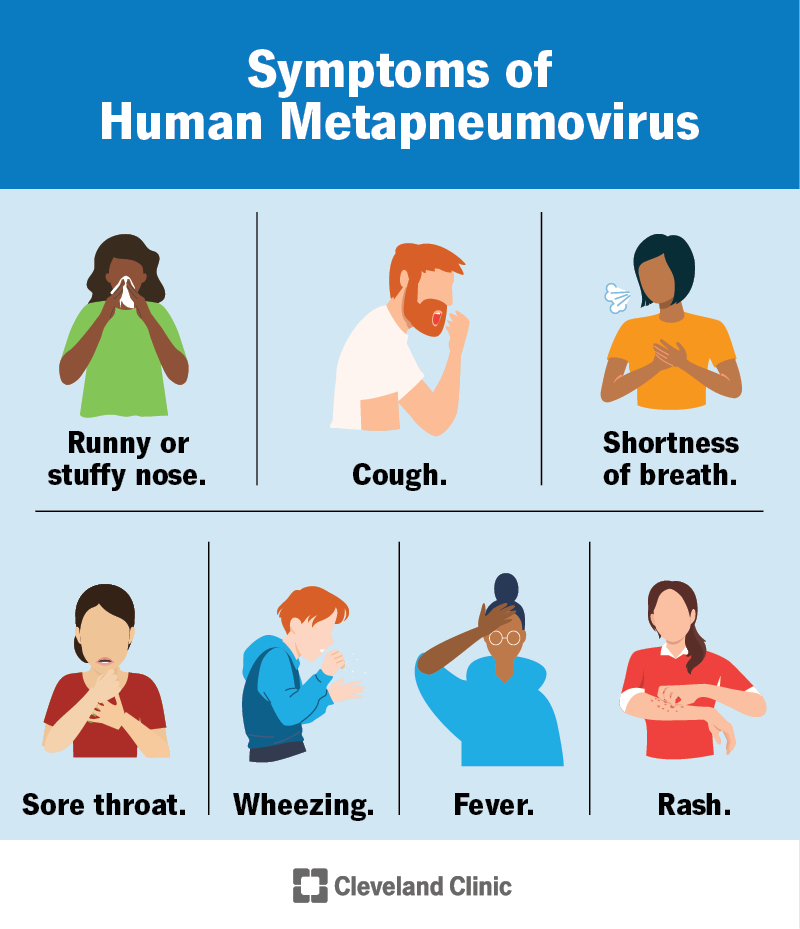
As China experiences an outbreak of Human Metapneumovirus, also known as HMPV, health officials in Telangana, India have issued a list of precautions for the public, despite no reported cases in the state. The respiratory virus, which primarily affects children, immunocompromised individuals, and the elderly, can lead to a wide range of symptoms, including mild cold-like illness and more serious respiratory conditions. However, the Indian health agency has assured that there is no cause for alarm and that the country does not need to worry at this time.
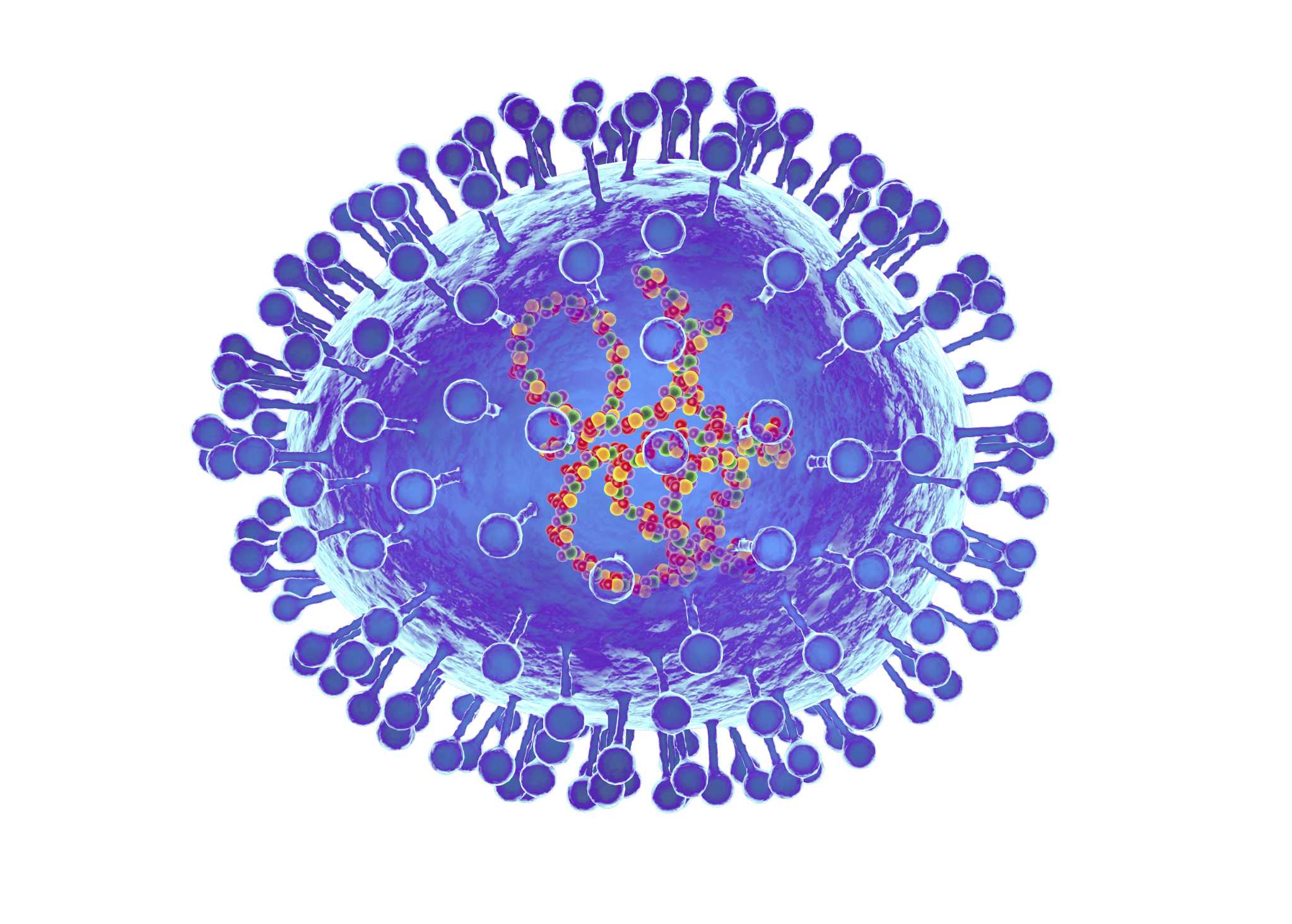
The recent spread of a new virus, human metapneumovirus (HMPV), in China has sparked global concerns, with reports of increasing cases among children under 14. However, Indian health experts and the Union Ministry of Health and Family Welfare have dismissed the possibility of a widespread disruption. This is due to previous knowledge about HMPV and its similarity to respiratory syncytial virus (RSV), a common respiratory pathogen. While HMPV may be a trigger for asthma in infants, it is not as deadly as Covid-19 and there is no reason for alarm yet.
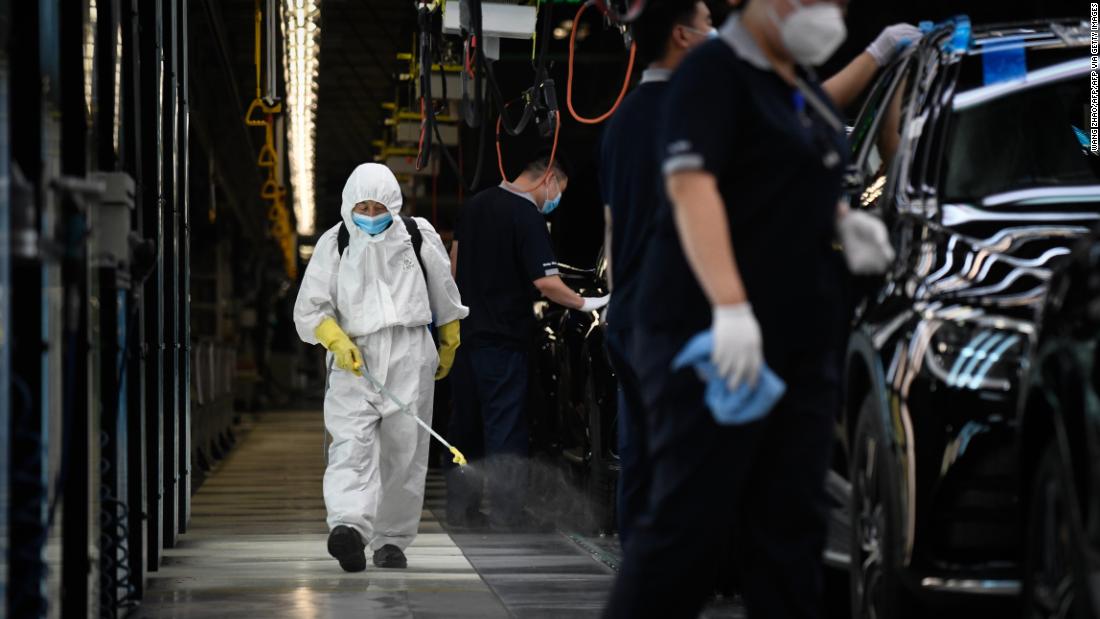
China's disease control authorities have launched pilot systems to monitor and report cases of Human Metapneumovirus (HMPV), which has been linked to a recent flu outbreak. As the country continues to battle this respiratory virus, the World Health Organization calls for transparency and cooperation in researching the origins of COVID-19 to better prevent and prepare for future epidemics. Experts warn that people with weak respiratory health and weakened immune systems, as well as young children and the elderly, are most at risk for HMPV and urge preventive measures such as frequent hand washing and wearing masks.
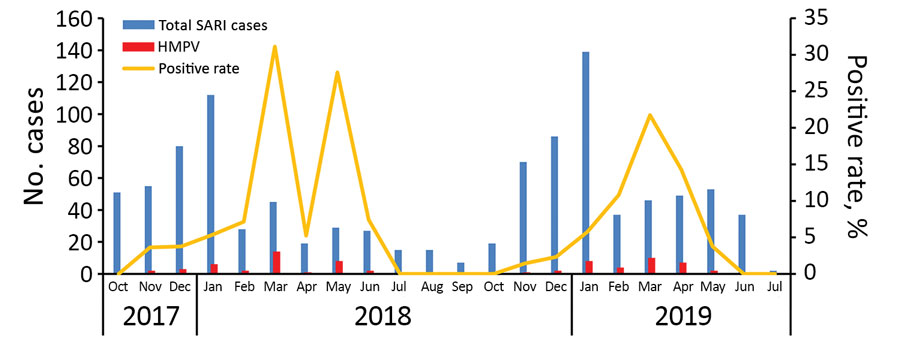
Amidst growing concerns over the coronavirus outbreak, China confirms an increase in cases of human metapneumovirus (HMPV) among children under 14 years old, especially in northern provinces. HMPV is a respiratory illness similar to the common cold, with symptoms including coughing, runny nose, and sore throat. Health officials are urging the public not to blindly use antiviral drugs to fight HMPV, as there is currently no vaccine against the virus. Antibiotics may be prescribed in extreme cases where HMPV has caused pneumonia and a secondary bacterial infection.

The University Grants Commission (UGC) has announced draft guidelines for introducing skill-based courses and micro-credentials in higher education institutions, aligning with the objectives of the National Education Policy 2020. These courses, including emerging fields such as data analytics and AI, aim to enhance students' employability and support economic growth through a qualified workforce. Feedback on the guidelines will be accepted for the next 30 days, giving students and educators a chance to provide their input.
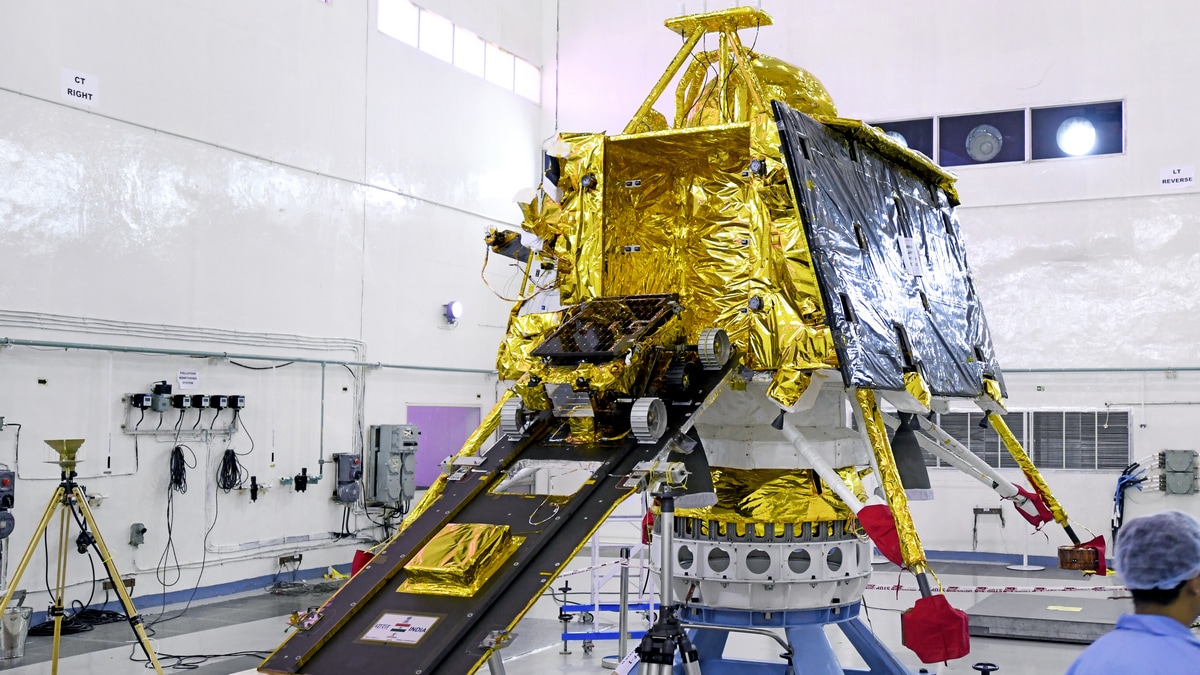
Indian Space Research Organisation (ISRO) has successfully placed two satellites, weighing 220kg, into a circular orbit of 475 km for a crucial space docking technology demonstration. This mission also included the launch of POEM-4 with 24 payloads from startups, industries, and academia. Scientist S Somanath stated that the docking process is expected to take place on January 7, after operations at ISTRAC Bengaluru from December 31. This mission is a major step towards future space missions for India.

The Indian Space Research Organisation (ISRO) launched the PSLV C60 mission on Monday night, marking a historic moment for the country's space exploration. The mission involved the launch of two spacecraft, which will demonstrate India's capabilities in orbital docking- a crucial technology for future human spaceflight and satellite servicing missions. With this achievement, India joins an elite group of countries with this technology, furthering the country's ambitions to send humans to the Moon and establish its own space station.